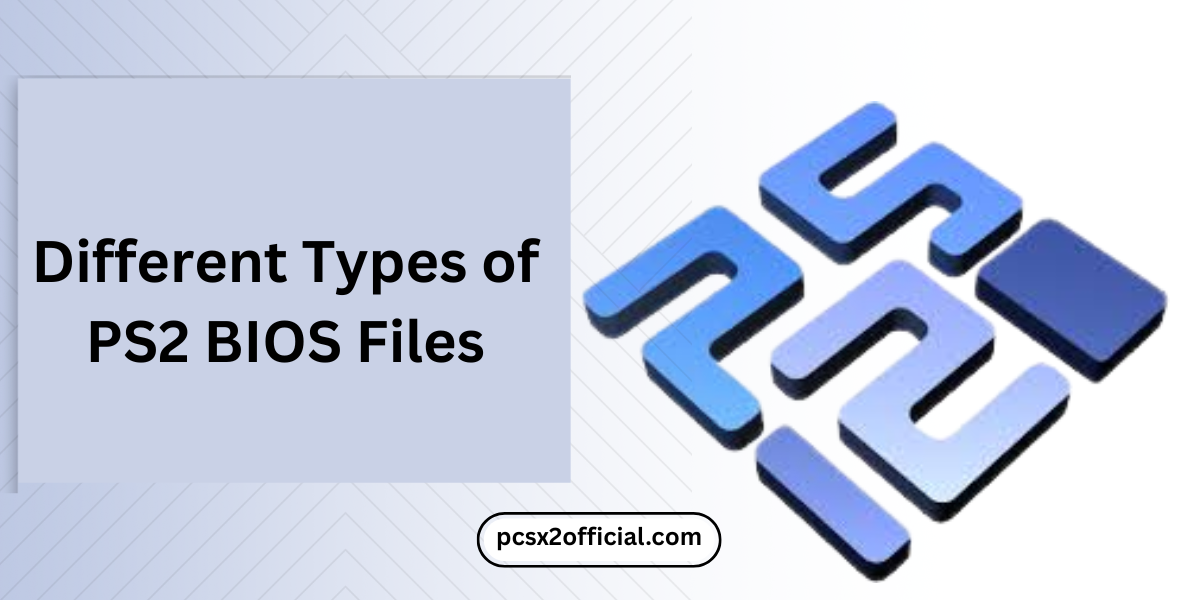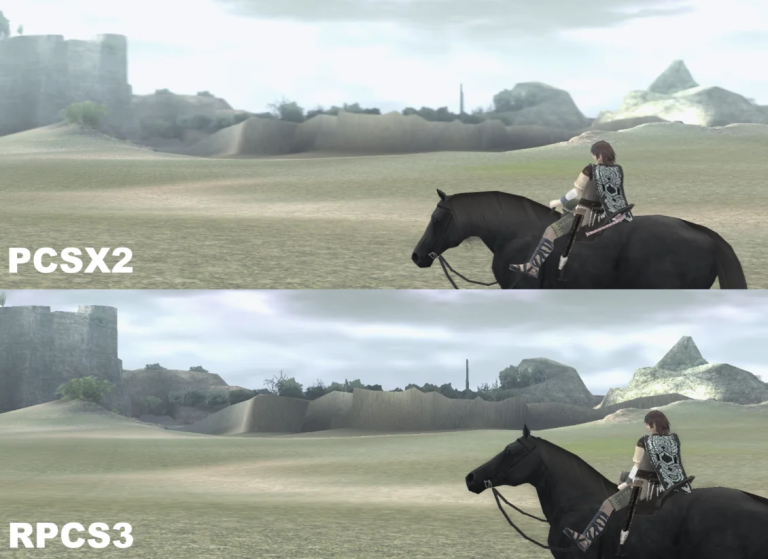Different Types of PS2 BIOS Files – You Need to Know

If you’ve ever set up PCSX2, the leading PlayStation 2 emulator, you’ve likely come across the term PS2 BIOS. The BIOS is the system software that initializes the console, handles startup processes, and ensures that games run correctly. Without it, PCSX2 cannot function.
But did you know there are different types of PS2 BIOS files? Each BIOS version is tied to the region and hardware revision of the PlayStation 2 console. Understanding these differences is essential for compatibility, legality, and performance in emulation.
This guide breaks down the various types of PS2 BIOS files you need to know and explains why they matter for retro gaming and emulation.
What Is a PS2 BIOS?
Before diving into the types, let’s recap what a BIOS is. The Basic Input/Output System (BIOS) is embedded software that allows the PS2 to:
- Boot up the operating system.
- Check hardware components like memory cards and controllers.
- Authenticate and load game discs.
In emulation, the BIOS replicates this environment, making it possible for PCSX2 to run games accurately. If you’re new to this concept, our article on What Is a PS2 BIOS and Why It’s Important for Emulators and Gaming provides a detailed overview.
Why Are There Different Types of PS2 BIOS Files?
Sony released the PlayStation 2 worldwide in different regions—North America, Japan, Europe, and others. To comply with hardware, video standards, and region coding, each version of the console shipped with its own BIOS file.
The main differences stem from:
- Region coding (NTSC-U, NTSC-J, PAL).
- Language support.
- Video standards (NTSC vs PAL).
- Hardware revisions over the PS2’s long life span.
Types of PS2 BIOS Files by Region
1. NTSC-U (North America) BIOS
- Designed for the United States and Canada.
- Uses the NTSC video standard (60 Hz).
- Default language: English.
- Compatible with NTSC-U games.
2. NTSC-J (Japan) BIOS
- Released in Japan and parts of Asia.
- Uses NTSC standard (60 Hz).
- Default language: Japanese.
- Supports exclusive Japanese PS2 releases that were never localized.
3. PAL (Europe & Other Regions) BIOS
- Designed for Europe, Australia, and Middle East regions.
- Uses the PAL video standard (50 Hz).
- Default language options: English, French, Spanish, Italian, and German.
- Compatible with PAL region games.
Why BIOS Region Matters for PCSX2
The region of the BIOS affects several aspects of emulation:
- Game Compatibility – Running a PAL game on an NTSC BIOS may lead to graphical glitches or performance issues. Matching your BIOS with your game’s region is recommended.
- Language Support – If you want multilingual menus, a PAL BIOS is ideal. Japanese exclusives require an NTSC-J BIOS.
- Performance – PAL games run at 50Hz, while NTSC titles run at 60Hz. This can impact frame pacing depending on your setup.
- Authenticity – Using the BIOS from your original console ensures the most authentic experience.
Different BIOS Revisions
Aside from regions, the PS2 had multiple hardware revisions (fat models vs slim models). Each revision brought updates to the BIOS, including bug fixes, compatibility improvements, and minor feature changes.
While most revisions work similarly in PCSX2, using the latest BIOS version from your console is usually the best option for stability and compatibility.
Choosing the Right BIOS for PCSX2
Here are some tips for selecting the right BIOS:
- Match the Region of Your Games – Use NTSC-U BIOS for North American games, PAL BIOS for European games, etc.
- Dump from Your Own Console – Legally, you must extract the BIOS from hardware you own.
- Stick to a Stable Revision – Newer BIOS versions often fix bugs present in earlier releases.
Setting Up BIOS in PCSX2
- Dump your PS2 BIOS using tools like Free McBoot.
- Place the BIOS file into the
biosfolder in your PCSX2 directory. - Launch PCSX2 and go to Config → BIOS Selector.
- Choose the BIOS that matches your region.
- Save settings and start your first game.
Common Mistakes with BIOS Files
- Using the wrong region: Can lead to crashes or incorrect language defaults.
- Downloading BIOS online: Illegal and risky, always dump your own.
- Multiple BIOS versions in one folder: Can cause confusion. Keep files organized.
BIOS and Game Preservation
Different BIOS files are part of preserving not just the PS2’s library, but also its global variations. Many region-exclusive titles—like Japanese RPGs or PAL-only releases, require the corresponding BIOS to run correctly in PCSX2.
By understanding and maintaining different BIOS types, gamers contribute to the larger mission of game preservation.
FAQs on PS2 BIOS Types
Final Thoughts
The different types of PS2 BIOS files are more than just technical variations, they are essential for accurate emulation, regional compatibility, and preserving the legacy of the PlayStation 2. By understanding NTSC-U, NTSC-J, and PAL BIOS files, gamers can ensure smoother PCSX2 performance and enjoy the vast global library of PS2 titles.
For beginners, the key takeaway is simple: always use a BIOS from your own console, choose the right region for your games, and keep files organized for hassle-free emulation.
